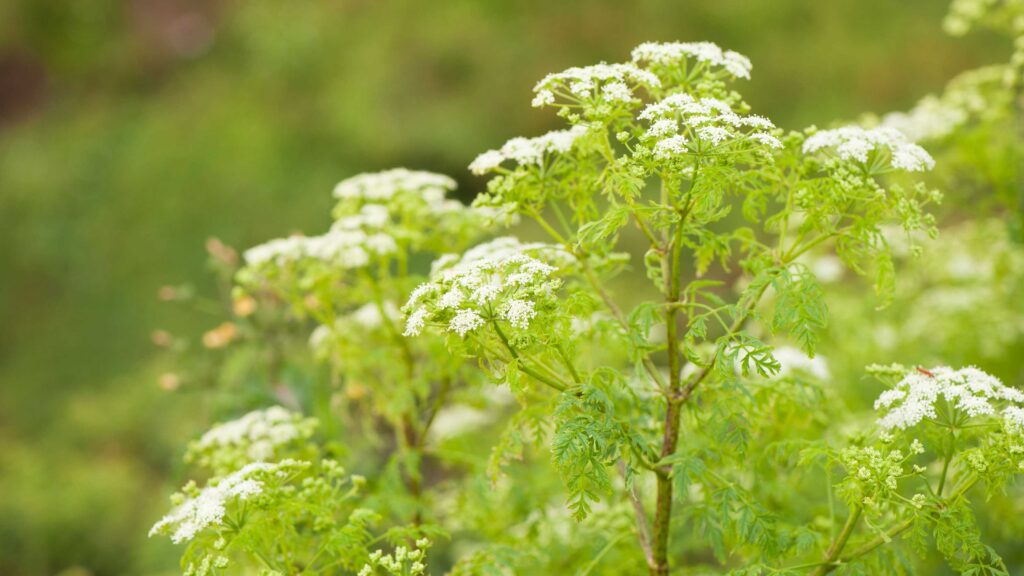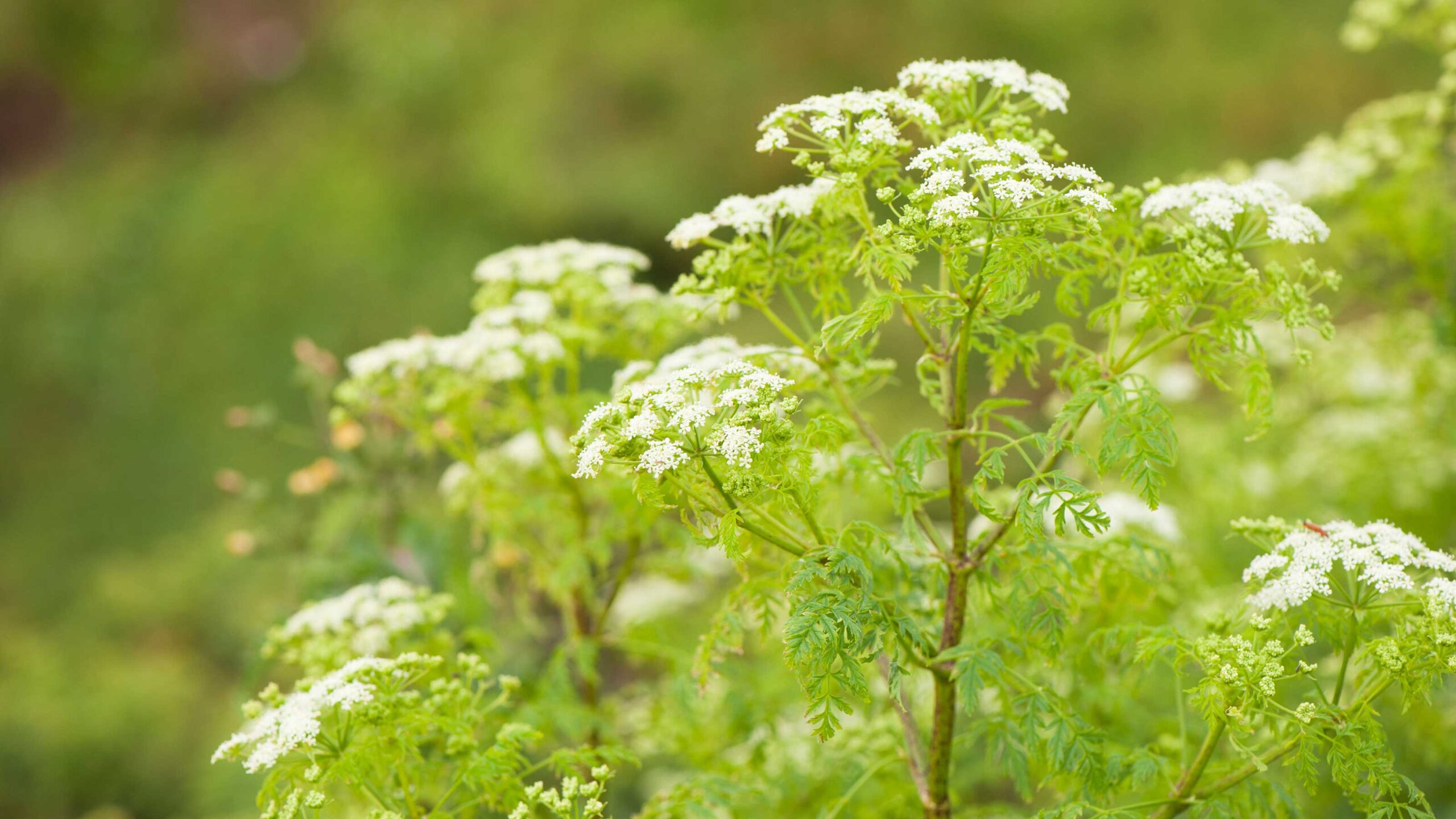
How to Get Rid of Poison Plants Satisfactorily: A Comprehensive Guide
Dealing with poison ivy, poison oak, or poison sumac can be a frustrating experience. The itchy rash, the discomfort, and the worry about spreading it to others make getting rid of poison plants a top priority for many homeowners and outdoor enthusiasts. This comprehensive guide provides a satisfactory approach to identifying, removing, and preventing the recurrence of these unwelcome plants.
Identifying Common Poison Plants
Before you can effectively get rid of poison plants, you need to accurately identify them. Misidentification can lead to wasted effort and continued exposure. Here’s a breakdown of the key characteristics of the three most common culprits:
- Poison Ivy: Often characterized by its “leaves of three, let it be” mantra. The leaves are almond-shaped and can be smooth or slightly toothed. Poison ivy can grow as a vine or a shrub, and the leaves turn vibrant red in the fall.
- Poison Oak: Similar to poison ivy, poison oak also has three leaves, but they are typically more rounded and lobed, resembling oak leaves. It usually grows as a shrub but can occasionally appear as a vine.
- Poison Sumac: This plant has 7-13 leaflets on each stem, arranged in pairs with a single leaflet at the tip. Poison sumac is typically found in swampy or boggy areas and grows as a shrub or small tree.
All three plants contain urushiol, an oily resin that causes an allergic reaction in most people. Even slight contact with the plant can trigger a rash, making proper identification crucial for effective removal and prevention.
Preparation is Key: Protecting Yourself
Before you even think about getting rid of poison plants, you need to protect yourself from exposure to urushiol. This involves wearing appropriate clothing and taking other precautions:
- Protective Clothing: Wear long sleeves, long pants, gloves (vinyl or nitrile are best, as urushiol can penetrate latex), and closed-toe shoes. Tuck your pants into your socks or boots to prevent the plant from coming into contact with your skin.
- Barrier Creams: Apply a barrier cream containing bentoquatam (e.g., Ivy Block) to exposed skin. These creams create a protective layer that can help prevent urushiol from penetrating the skin.
- Eye Protection: Wear safety glasses or goggles to protect your eyes from accidental exposure.
- Ventilation: If you’re working in an enclosed space, ensure adequate ventilation to avoid inhaling any fumes if you’re using chemical herbicides.
Remember, prevention is always better than cure. Taking these precautions will significantly reduce your risk of developing a rash.
Methods for Getting Rid of Poison Plants
There are several methods for getting rid of poison plants, each with its own advantages and disadvantages. The best approach will depend on the size and location of the infestation, as well as your personal preferences.
Manual Removal
Manual removal involves physically pulling the plants out of the ground. This method is best suited for small infestations and requires careful attention to detail:
- Loosen the Soil: Use a shovel or trowel to loosen the soil around the base of the plant.
- Grasp the Plant: Wearing gloves, grasp the plant as close to the base as possible.
- Pull Carefully: Gently pull the plant out of the ground, being careful not to break the stems or roots. Try to remove as much of the root system as possible to prevent regrowth.
- Dispose of Properly: Place the plants in a heavy-duty plastic bag and seal it tightly. Dispose of the bag in accordance with local regulations. Do not burn poison ivy, oak, or sumac, as the urushiol can become airborne and cause severe respiratory irritation.
- Clean Your Tools: Thoroughly clean your tools with soap and water to remove any traces of urushiol.
Manual removal can be labor-intensive, but it’s an environmentally friendly option that avoids the use of chemicals. However, it’s crucial to be thorough and remove as much of the root system as possible to prevent the plants from growing back.
Chemical Herbicides
Chemical herbicides can be an effective way to get rid of poison plants, especially for larger infestations. However, it’s important to use them carefully and follow the manufacturer’s instructions to minimize the risk of harm to yourself, other plants, and the environment.
Glyphosate and triclopyr are two common herbicides that are effective against poison ivy, oak, and sumac. Glyphosate is a non-selective herbicide, meaning it will kill any plant it comes into contact with. Triclopyr is a selective herbicide that targets broadleaf plants, making it a better option for areas where you want to preserve grasses.
When using herbicides, take the following precautions:
- Read the Label: Carefully read and follow the manufacturer’s instructions.
- Apply Carefully: Apply the herbicide directly to the leaves of the poison plants, avoiding contact with other plants. Use a sprayer with a nozzle that allows you to control the spray pattern.
- Wear Protective Gear: Wear gloves, long sleeves, long pants, and eye protection.
- Avoid Windy Days: Do not apply herbicides on windy days, as the spray can drift and damage other plants.
- Consider the Environment: Be mindful of the potential impact on the environment. Avoid using herbicides near waterways or in areas where children or pets may come into contact with them.
Repeat applications may be necessary to completely get rid of poison plants, especially for established infestations.
Natural and Organic Methods
If you prefer a more natural approach, there are several organic methods you can try to get rid of poison plants. These methods may not be as quick or effective as chemical herbicides, but they are generally safer for the environment.
- Boiling Water: Pouring boiling water directly onto the plants can kill them. Be careful not to splash the water on yourself or other plants.
- Vinegar: Spraying the plants with undiluted white vinegar can also be effective. Repeat applications may be necessary.
- Salt: Applying salt to the soil around the base of the plants can help to kill them. However, salt can also harm other plants, so use it sparingly.
- Goats: Believe it or not, goats love to eat poison ivy, oak, and sumac. Renting goats to graze on your property can be an effective and environmentally friendly way to control these plants.
These methods require patience and persistence, but they can be a viable option for those who want to avoid using chemicals. [See also: Organic Weed Control Strategies]
Preventing Regrowth
Getting rid of poison plants is only half the battle. You also need to take steps to prevent them from growing back. Here are some tips for preventing regrowth:
- Mulch: Apply a thick layer of mulch around desirable plants to prevent poison ivy, oak, and sumac from sprouting.
- Ground Cover: Plant ground cover to compete with the poison plants for resources.
- Regular Monitoring: Regularly inspect your property for new growth and remove any poison plants as soon as you see them.
- Education: Teach your family and neighbors how to identify poison ivy, oak, and sumac so they can avoid contact with them.
Dealing with Urushiol Exposure
Even with the best precautions, you may still come into contact with urushiol. If you suspect you’ve been exposed, take the following steps:
- Wash Immediately: Wash the affected area with soap and water as soon as possible. The sooner you wash, the less likely you are to develop a rash.
- Use Tecnu or Zanfel: These over-the-counter products are specifically designed to remove urushiol from the skin.
- Avoid Scratching: Scratching can spread the urushiol and worsen the rash.
- Apply Calamine Lotion or Hydrocortisone Cream: These creams can help to relieve itching.
- See a Doctor: If the rash is severe, widespread, or located near your eyes or mouth, see a doctor. They may prescribe stronger medications, such as corticosteroids.
Conclusion: A Satisfactory Solution
Getting rid of poison plants requires a multifaceted approach that includes proper identification, protection, removal, and prevention. By following the steps outlined in this guide, you can effectively manage these unwelcome plants and enjoy your outdoor spaces without the fear of an itchy rash. Remember to prioritize safety and take the necessary precautions to protect yourself and the environment. With diligence and persistence, you can achieve a satisfactory solution and reclaim your yard from poison ivy, oak, and sumac. The key to get rid of poison plants is consistency and thoroughness. Even after removing the plants, monitor the area for regrowth and take preventive measures to keep them from returning. Get rid of poison plants today for a healthier, happier outdoor experience. Successfully get rid of poison plants and enjoy your yard again. When you get rid of poison plants, you protect yourself and your loved ones. We hope this guide helps you get rid of poison plants effectively. Learning how to get rid of poison plants is an invaluable skill. Make sure to get rid of poison plants safely and responsibly. Get rid of poison plants and enjoy peace of mind. By learning how to get rid of poison plants, you’re investing in your well-being. Finally, you can get rid of poison plants and reclaim your outdoor space. Don’t let these plants ruin your enjoyment of the outdoors – get rid of poison plants today. Let’s get rid of poison plants together for a healthier community. Get rid of poison plants and create a safer environment for everyone.

